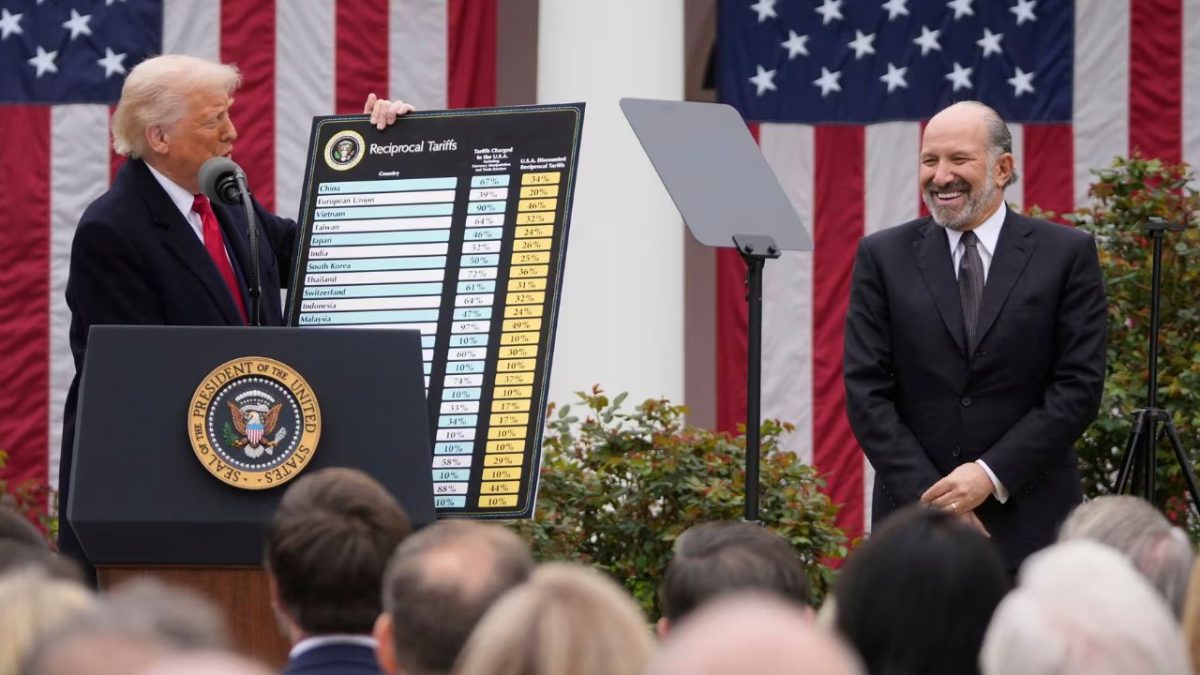In what came as a major relief for India’s generic medicines industry, the reciprocal tariffs announced by US President Donald Trump Wednesday (April 2) exempted pharmaceuticals, energy and certain minerals.
The White House in a factsheet said “copper, pharmaceuticals, semiconductors, and lumber articles” won’t be subjected to reciprocal tariffs.
The US president announced a 27 per cent reciprocal tariff on India, claiming the South Asian country imposes a 52 per cent tariff on American imports and engages in currency manipulation and non-tariff barriers.
According to experts, the move to exempt pharmaceuticals reflects the importance of affordable medicines in global healthcare.
“The exemption for pharmaceuticals is a welcome relief, reaffirming the importance of affordable medicines in global healthcare,” says Divya Bhushan, Tax Partner, EY India.
“This decision not only protects our industry but also underscores the critical role that Indian drug makers can continue to play in ensuring access to essential medications worldwide, being suppliers of quality and cost-effective medicines," she adds.
White House fact sheet cites India’s high tariffs
The White House fact sheet cited India’s 70 per cent levy on passenger vehicle imports among others to justify its move to impose tariffs on India.
“India imposes their own uniquely burdensome and/or duplicative testing and certification requirements in sectors such as chemicals, telecom products, and medical devices that make it difficult or costly for American companies to sell their products in India. If these barriers were removed, it is estimated that US exports would increase by at least $5.3 billion annually,” the factsheet said.
Relief in textile sector as well
Experts highlighted how Trump’s tariff move may also put India’s textile sector in an advantageous position.
Paresh Parekh, Partner and Retail Tax Leader, EY India notes how most of India’s competitors have been slapped with higher tariffs, putting India’s textile industry in a better position.
Impact Shorts
More Shorts“India competes globally for textile exports with countries like Bangladesh, Vietnam, Cambodia, Sri Lanka, China, Pakistan, etc. Interestingly, as compared to around 27% tariff for Indian imports, these countries have been hit harder by USA tariffs: Bangladesh 37%, Vietnam 46%, Cambodia 49%, Pakistan 29%, China 54%, Sri Lanka 44%, etc. US buys over USD 36bn textiles from India, which is around 30% share for sector India exports. This situation poses an opportunity for the Indian textile sector to grab and increase its market share in the US,” Parekh says.
But he also highlights the risks associated with the move.
“However, there is a risk as well - if there is slowdown in consumption in US due to higher prices, the overall US market itself may shrink. The Indian textile sector also hopes to secure further strategic advantage by inclusion of textile in potential “zero for zero” India-USA trade deal if it happens," Parekh adds.
)